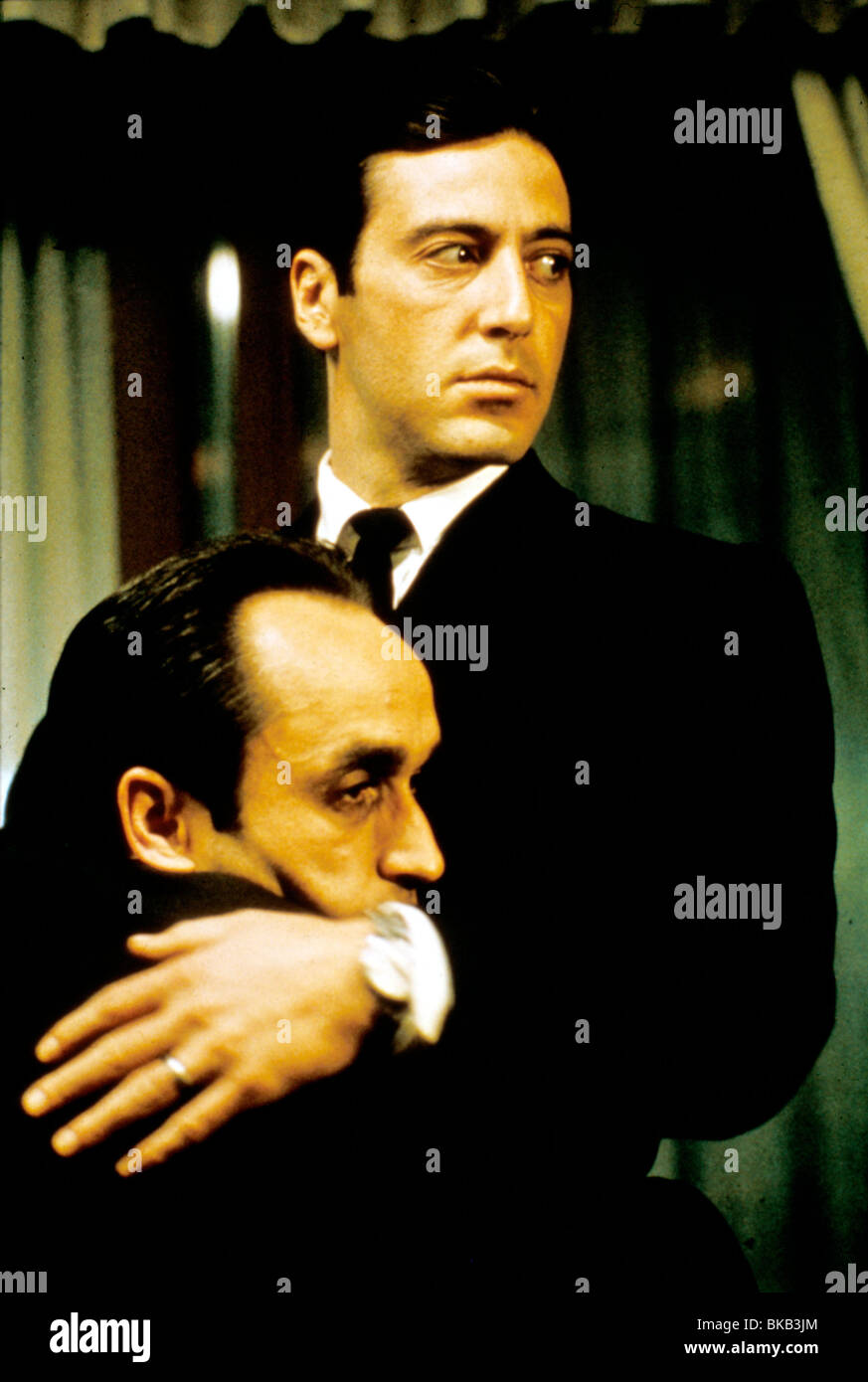
Had they been expecting an epilogue for this aging and ailing character, their expectations may have been tempered and even, given the operatic grandiosity of the final half-hour, pleasantly surprised. The fact that Paramount was unwilling to go along with him and insisted that the title be The Godfather Part III, is evidence, for Coppola, of his comparative lack of influence in 1990, and also another reason for the audience’s collective rejection of the final film. He wanted to title the new film The Death of Michael Corleone. By 1989, when Coppola was preparing a second Godfather sequel, he was conscious of how whatever he was making could not be as rich or complete as the first two films it was a novella and epilogue, more inwardly focused on its main character.

(The older method still endured with the “Dirty Harry” films, and George Lucas’ Star Wars and Indiana Jones series). After the success of The Godfather Part II, other sequels followed suit: The French Connection II in 1975, Exorcist II: The Heretic in 1978, and the franchises of Jaws and Rocky. According to Coppola, “Part II” is the “literary” method, taking cue from Don Quixote, Faust, or Shakespeare’s Henry IV and Henry VI. The way Michael so deliberately says “again” here, given our knowledge post-1974 that there are two Godfather movies, makes it feel ridiculous that we could imagine the events of Part II not happening.Īt that time, sequels carried their own independent titles, like in the franchises of James Bond and the Pink Panther, or Sergio Leone’s “Man With No Name” trilogy. For example, the way Michael tells Fredo, “Never take sides with anyone against the family again,” becomes so much more haunting when we look at how the story of the brothers develops in Part II, concluding in fratricide.

His ambition in going forth with The Godfather Part II was to construct it in such a way that it would seem like the second half of a meticulously crafted novel it would have to seem that the writer of this novel never had any intention of not writing a second part. This shows how Coppola was very good at making the best of a bad situation. Both men were trying to distinguish themselves in youth, separate from the shadows of a domineering tradition and family or long-held Hollywood methods of moviemaking they decisively gave themselves to what they were rebelling against, believing they could use the bargain as a means of achieving their dreams quicker. So in a way, Michael Corleone is Francis Ford Coppola.

Just when Coppola was out and could go ahead with his long-delayed project Megalopolis and dreams for his studio, American Zoetrope, “they” pull him back in.

The Godfather Part II is one of the 1970s crowning achievements registering Nixonian malaise, while The Godfather Part III is authored by the anxieties of a middle-aged man struggling to construct his own business and legacy, using his ingenuity to propitiously catapult over a financial market dominated by reactionary fossils – while nevertheless being “pulled back in” the same old process that the established paradigm has demands from him (and, so the story goes, failing). While it was Francis Ford Coppola’s cultural touch that made the first Godfather much more than a gangster film (or directorial assignment), the second and third Godfather films feel much more personal, sired from the director’s gut.


 0 kommentar(er)
0 kommentar(er)
